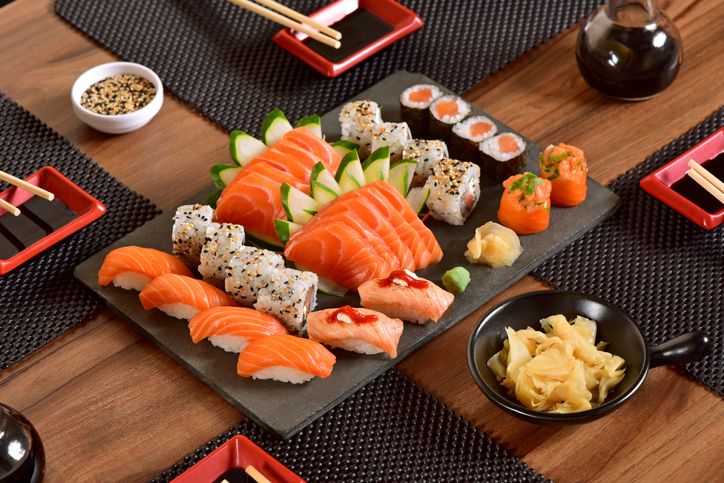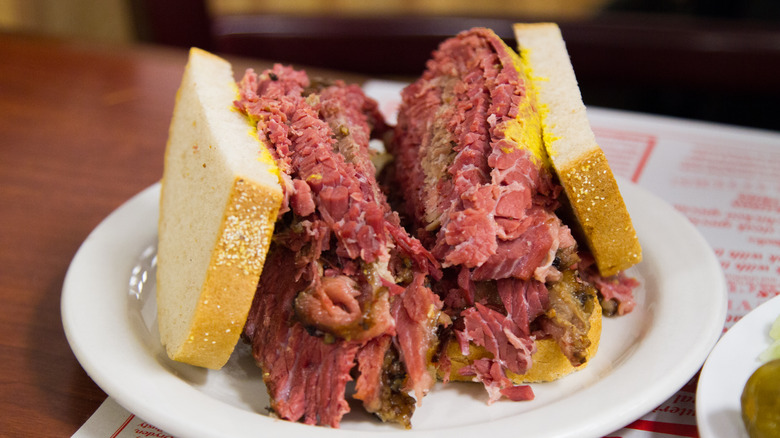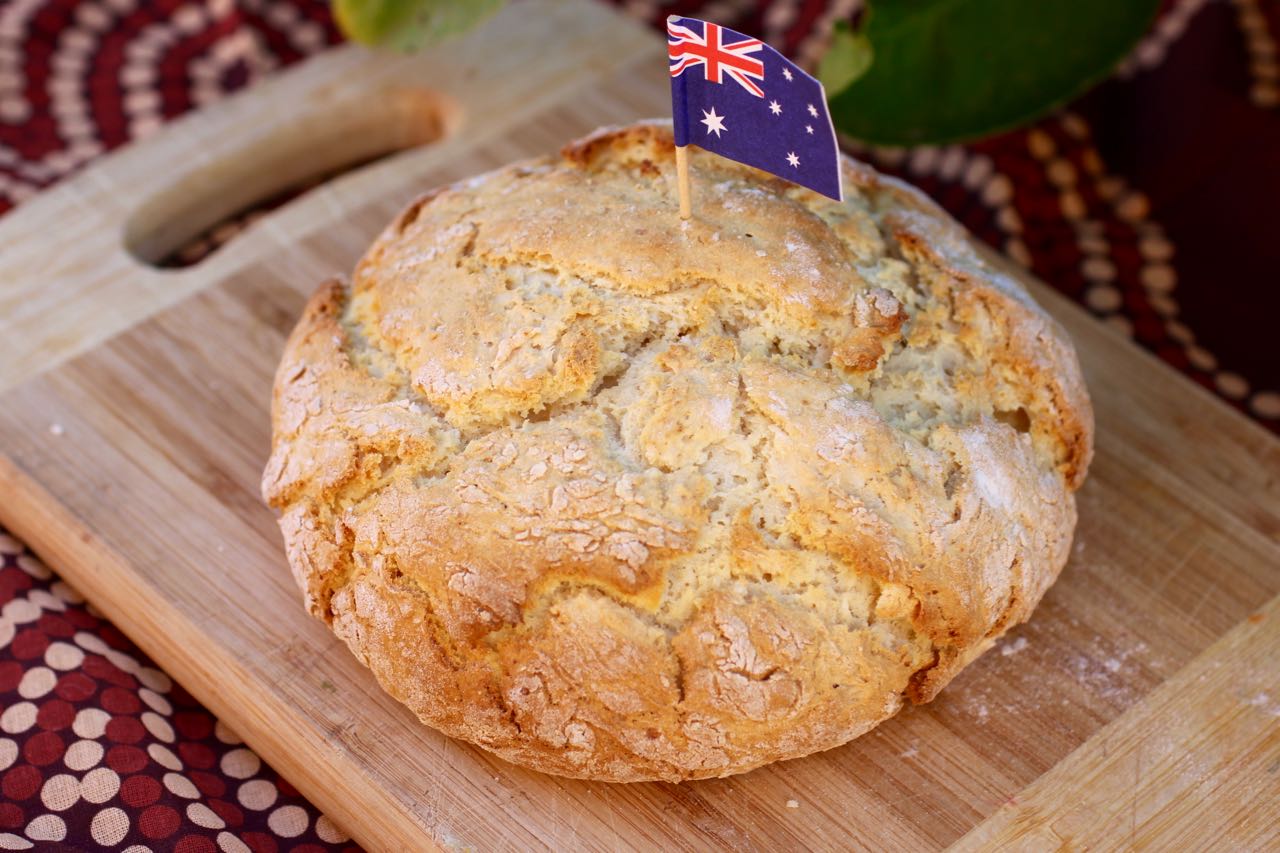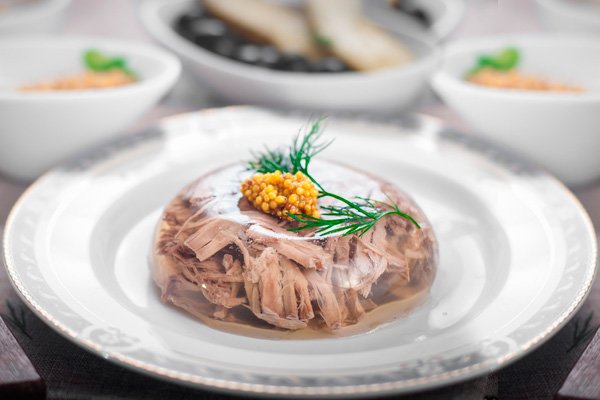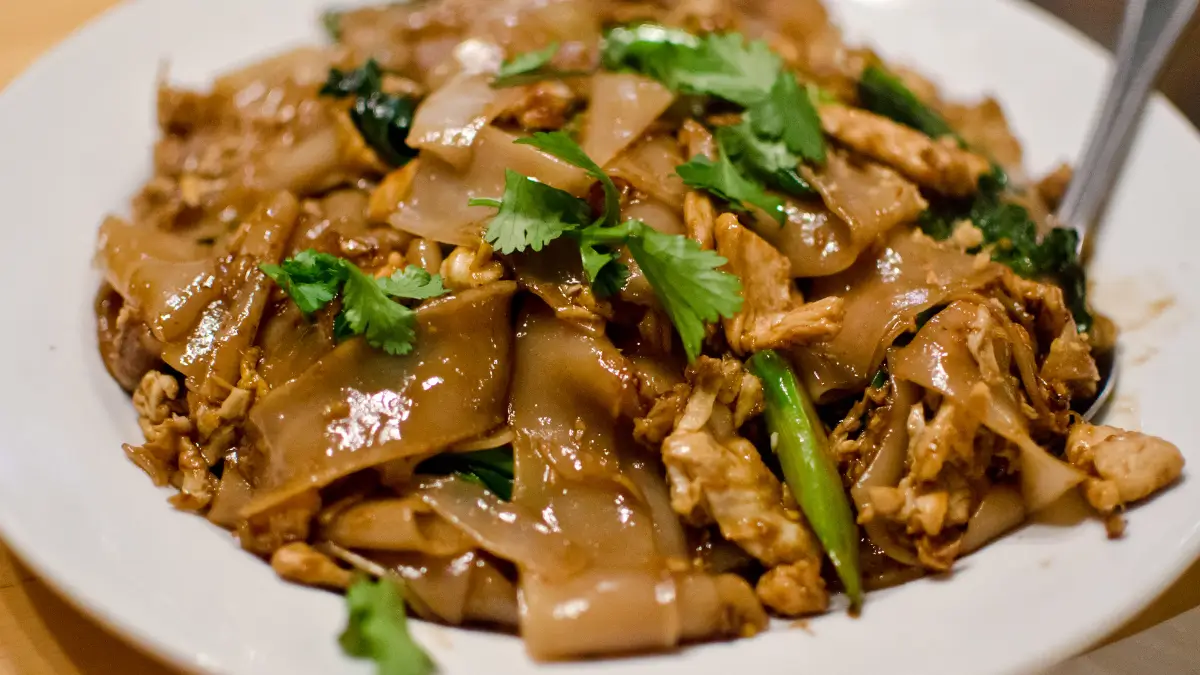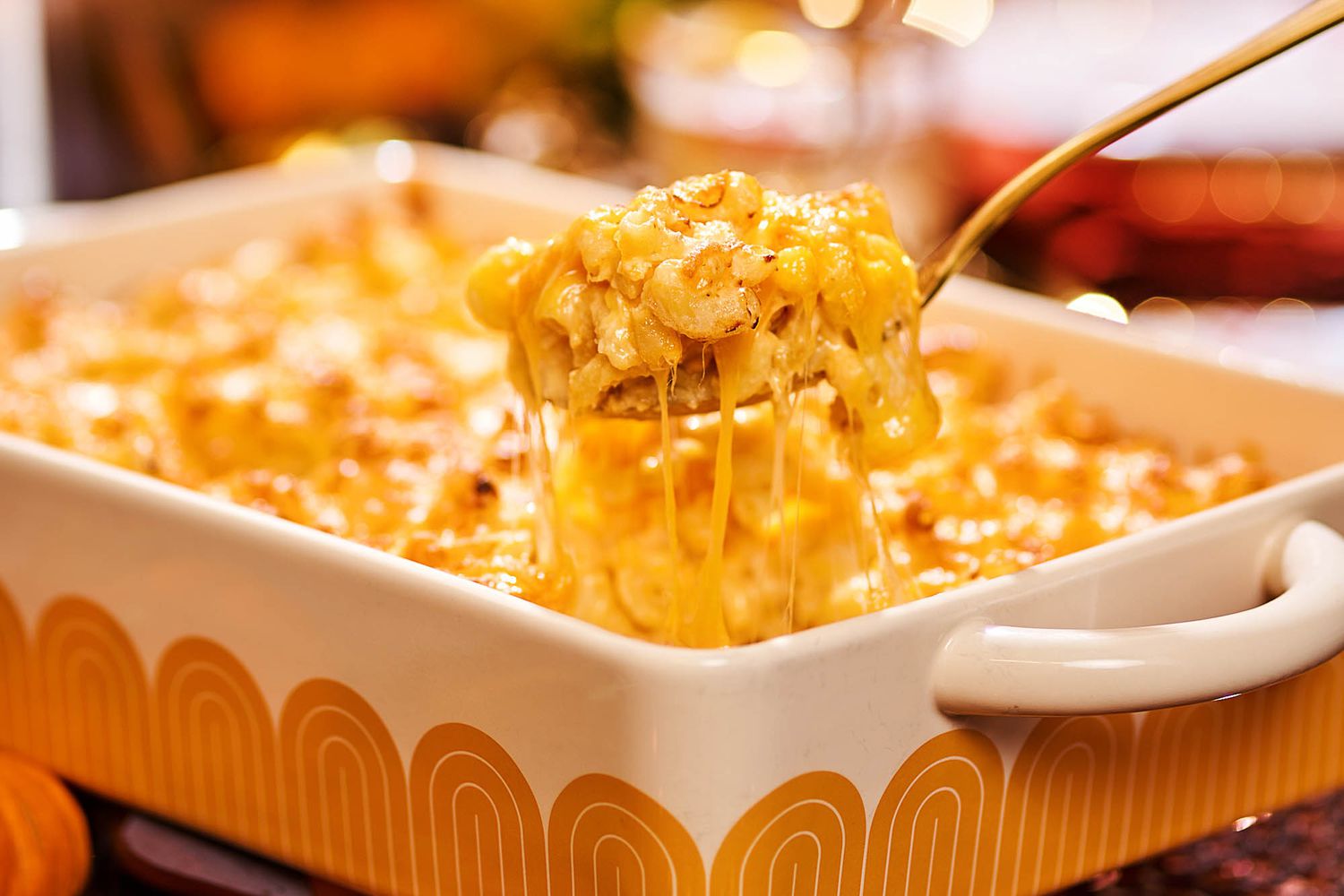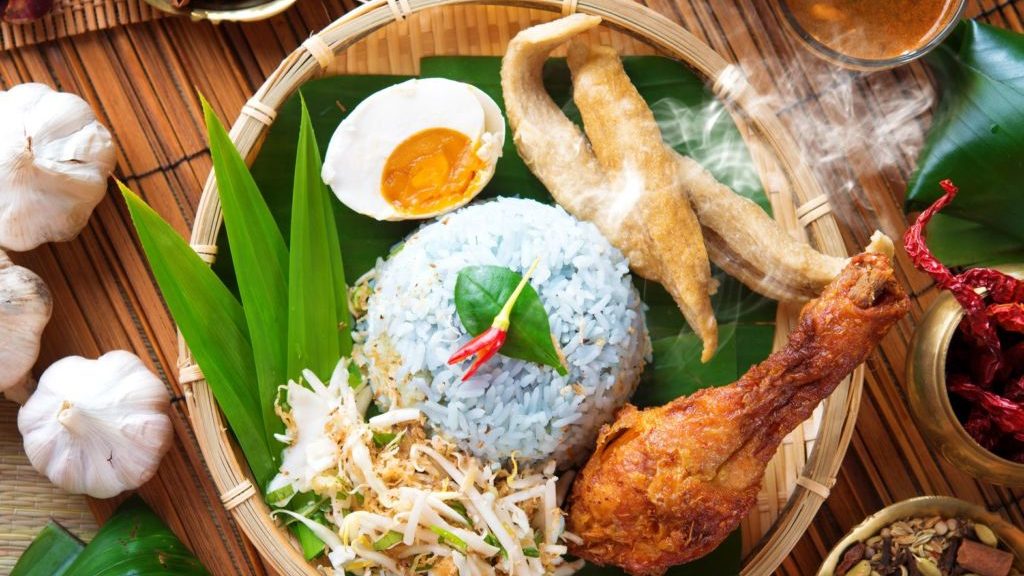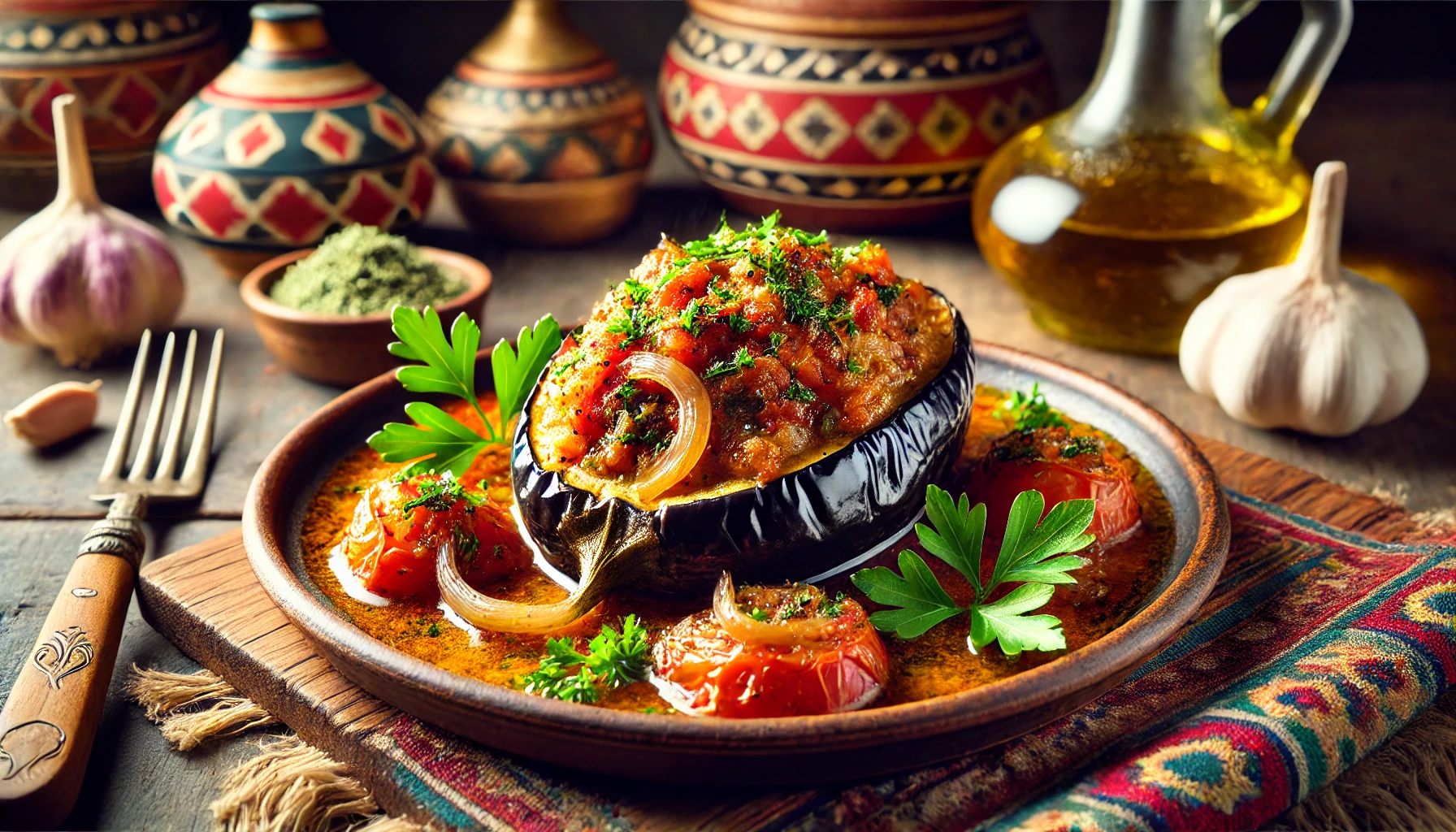japanchildrenrights.org – Cheese, with its rich history and diverse flavors, is a culinary treasure that elevates dishes from ordinary to extraordinary. Whether you’re sprinkling it over a piping hot pizza, melting it into a decadent macaroni and cheese, or using it as a key ingredient in a sophisticated soufflé, mastering the art of cheese is essential for any cook or baker. This guide will explore the nuances of cheese selection, grating techniques, and the best ways to incorporate cheese into your cooking and baking to achieve delicious results every time.
Understanding Cheese Varieties
Before diving into the art of grating, it’s crucial to understand the vast world of cheese. Cheeses can be categorized into several types, including hard, semi-hard, soft, blue, and fresh, each with its unique flavor profile, texture, and melting properties. Hard cheeses like Parmesan and Romano are ideal for grating and add a sharp, salty flavor to dishes. Semi-hard cheeses such as Cheddar and Gouda are versatile and can be used for grating, melting, or eating on their own. Soft cheeses like Brie and Camembert are best enjoyed in baked dishes or as a spread, while blue cheeses like Roquefort and Gorgonzola bring a pungent, creamy taste to salads and dressings. Fresh cheeses, including mozzarella and ricotta, are perfect for their delicate, milky flavors in fresh preparations or as a creamy addition to baked goods.
The Tools of the Trade
To master the art of grating, you need the right tools. The most common grating tools include box graters, Microplane graters, and food processors with grating attachments. Each has its advantages: box graters offer multiple grating surfaces in one tool, Microplane graters provide a fine, almost lacy texture, and food processors are ideal for grating large quantities quickly. The choice of tool depends on the desired texture and the cheese’s hardness.
Techniques for Grating Cheese
Grating cheese may seem straightforward, but there are techniques to ensure the best outcome. For hard cheeses, a coarse grater is best, as it breaks down the cheese into larger, flavorful shreds. For semi-hard cheeses, a medium grater will do, creating a balance between size and meltability. Soft cheeses are best crumbled or spread, as grating can be challenging due to their texture. Always grate cheese when it’s cold, as it becomes more brittle and easier to grate.
Incorporating Cheese into Cooking and Baking
The key to using cheese in cooking and baking is to understand its role in the dish. Cheese can act as a binder, a flavor enhancer, or a textural element. In cooking, cheese can be added to sauces, soups, and casseroles to create creaminess and depth. In baking, cheese can be incorporated into bread, pastries, and desserts for a savory twist. When baking with cheese, it’s important to consider the moisture content, as too much moisture can affect the texture of the baked good.
Pairing Cheese with Other Ingredients
Cheese pairs beautifully with a variety of ingredients, from herbs and spices to meats and vegetables. When cooking with cheese, consider the flavors that will complement or contrast with the cheese’s profile. For example, a sharp Cheddar might be balanced with sweet caramelized onions, while a nutty Gruyère could be enhanced with earthy mushrooms.
Storing Grated Cheese
Once grated, cheese should be stored properly to maintain its freshness and texture. Grated cheese can be stored in an airtight container in the refrigerator for up to a week. For longer storage, freezing grated cheese in portion-sized bags can preserve its quality for several months.
Conclusion
Mastering the art of cheese is a journey of discovery and delight. By understanding the varieties of cheese, selecting the right tools, and employing proper grating techniques, you can elevate your cooking and baking to new heights. Cheese adds not only flavor but also depth and richness to dishes, making it a staple ingredient in the kitchen of any culinary enthusiast. So, the next time you reach for that block of cheese, remember the art of the grate, and let your culinary creativity shine through.

